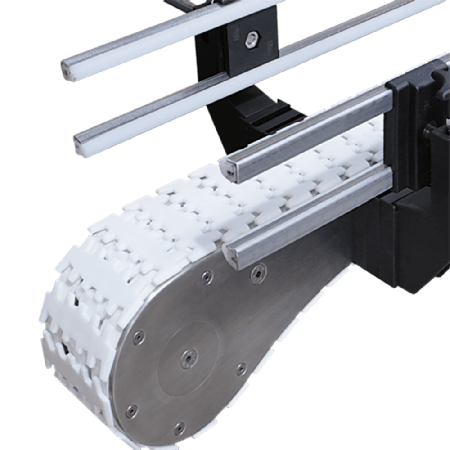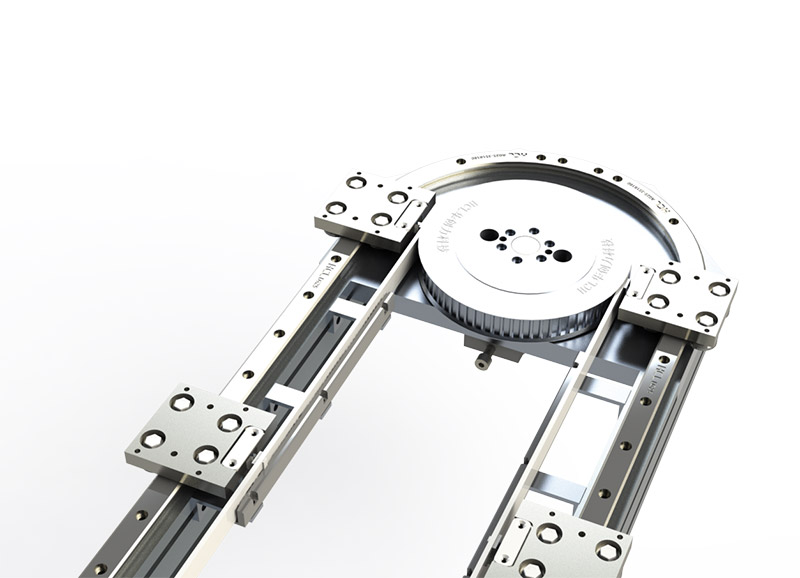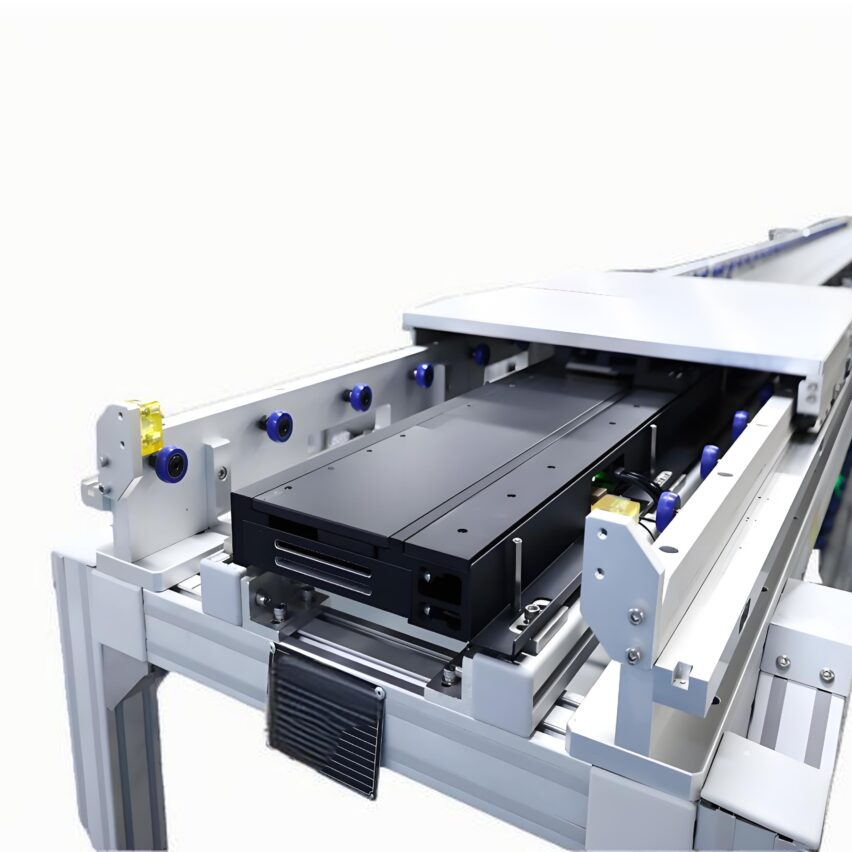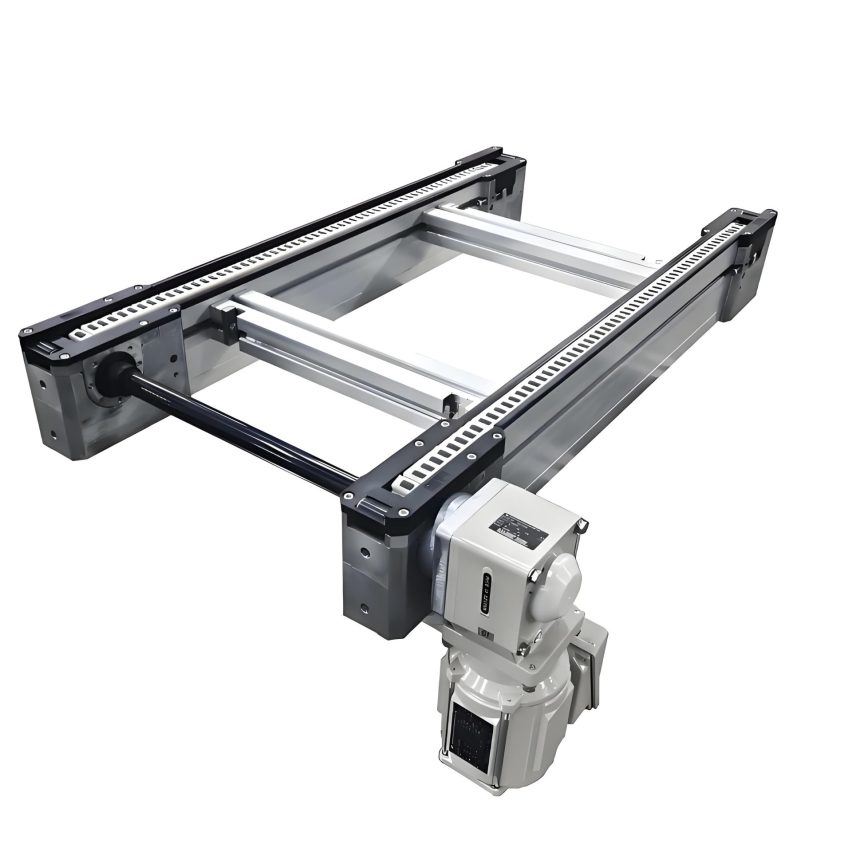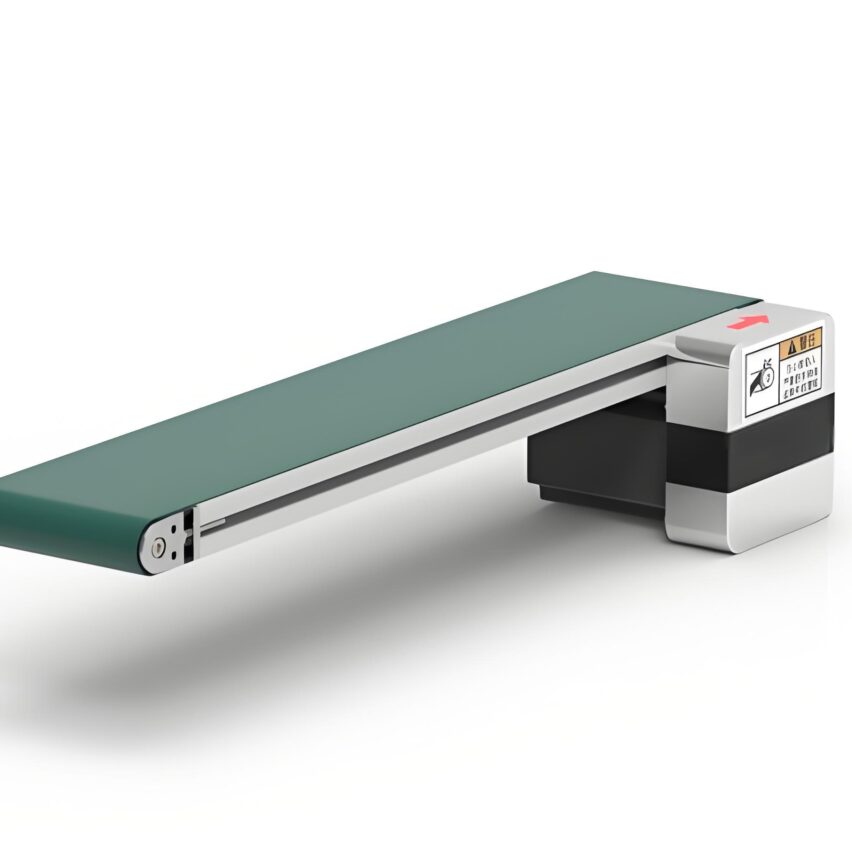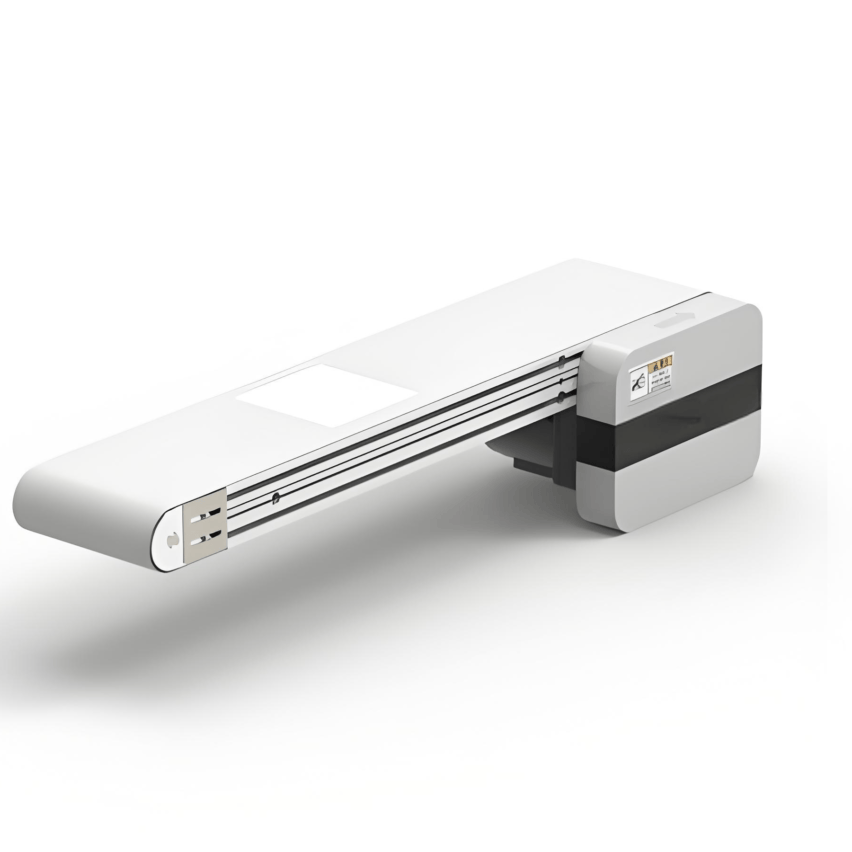Have you also encountered this kind of trouble - looking at the factory piles of materials to be carried, want to buy a belt conveyor line but do not know how to choose? On the market from tens of thousands to hundreds of thousands of equipment, parameters to see people dazzled, afraid of spending money in vain? Don't panic! Today we will break open the rubbing said, novice white can also understand the second!Five golden rules for belt conveyor line selection.
First, understand what you are transporting.
Picking a beltline is not picking a chassis, it's useless to look good!Material characteristics directly determine the belt material and structureI've seen too many people fall into this first step. I've seen too many people fall at that first step:
- Bulk or piece?Flour, ores, bulk materials, you need a grooved belt to prevent spills. Bulk materials like flour and ores have to be protected from spills with grooved belts, while flat belts are fine for boxes and parcels.
- How much does it weigh?PVC/PU belts are enough for small and light goods within 200kg, but for heavy goods over 200kg, you have to put on the reinforced steel frame + rubber belts, don't save this money, or you will have to change the belts in three months!
- Does it stick to the belt?What's that? Syrup from food factories, glue from chemical plants, you have to go with Teflon coated tape for this sticky stuff or clean it up until you wonder.
To cite a negative example: a food factory to choose a cheap ordinary rubber belt to transport flour, the results of electrostatic adsorption is serious, the workshop drifted with the snow like - light cleaning fee is enough to change three anti-static belt!
Secondly, find out how "capable" you want to be.
Conveyance is not a pat on the head!The number of tonnes per hour (t/h) transported directly determines the bandwidth and belt speed.. Here's a bloody formula:
Actual Demand Capacity × 1.2 = Capacity of equipment you should buy
Why leave a 20% margin? Page 4 says it all too true: "The device will always be overloaded, just like your mobile phone never has enough memory". See here for details:
| Conveying capacity (tonnes/hour) | Belt width (mm) | Belt speed (m/s) |
|---|---|---|
| Less than 20 | 500-650 | 0.8-1.0 |
| 20-50 | 650-800 | 1.0-1.5 |
| 50-100 | 800-1000 | 1.5-2.0 |
| ⚠️ Note: For chemical dusty scenes, the belt speed better not exceed 1.5m/s, otherwise the dust can blow mushroom clouds for you! |
III. Distance and slope are invisible killers
"Isn't it just an extra ten metres of transport?" -How many people have been pitted by this statement!For each additional 10 metres of conveying distance, the motor power must be increased by 0.5kW.; the cost may double for every 5° increase in slope. Focus on these three points:
- horizontal distance: Intermediate drive must be added for long distances over 30 metres, otherwise the belt droops and runs like ramen noodles.
- Climbing angle::
- Up to 15°: normal glossy belts are sufficient
- 15°-30°: non-slip belt with stopper or pattern must be used
- Above 30°? Give it up! It's better to use a screw conveyor instead!
- Turning demand: Don't believe the merchants when they say "just turn"! A turning radius of less than 1.5 metres will increase belt wear, and a segmented design is recommended.
Fourth, the environment is the equipment "life referee"
The same line that lasts five years in a food factory may not last six months in a mine. Environmental factors are ignored by many:
- a temperature trapRubber belt over 60 ° will harden and crack, steel mills such high-temperature scenarios have to use heat-resistant tape (spend more 30% but use three more years).
- chemical corrosion: Pickling workshop choose ordinary PVC? three months corrode into fishing nets! Gotta use EPDM rubber belts.
- Explosion-proof requirements: Flour mills, chemical plants must choose anti-static belts + explosion-proof motors, do not wait for the explosion before checking the safety standards!
V. Don't be an ingrate with the drive configuration
Motor reducer, drum motor, inverter control...choosing the wrong drive is the same as buying an oil tiger:
- drum motor: Suitable for short distances up to 80 metres, cheap but repairs require dismantling the whole machine.
- Motor + reducer: Long distance preferred, expensive 30% but power-saving and easy maintenance
- To invert or not to invert? --Satisfy these three conditions before you need to:
✅ Large fluctuations in conveyance (e.g. peaks and troughs in express sorting)
✅ Precise positioning start-stop (e.g. assembly line docking robot arm)
✅ Fear of dropping materials (e.g. glass bottle conveying)
And so on! You might be asking, "Is the 20,000 hour lifespan claimed by the merchant reliable?" To be honest...there is a lot of water! The key to look at the rollers - good sealed rollers can be used for 5 years without jamming, poor quality goods half a year on the squeaky mess. Teach you to see the doorway.Don't buy rollers with a diameter less than 89mm.The bearings should be at least 6204 standard.
And finally, a little bit of offensive truth.
Old Wang, who has been in purchasing for more than ten years, told me:"Choosing a belt line is like finding a date - you'll step in a hole just by looking at the parameters, and you'll step in a big hole without looking at the parameters!" The newbie remembers three iron rules:
- Don't believe in "jack of all trades.": A belt line that carries both ore and bread? Doesn't exist!
- Let the manufacturer test the machine on site: It's more useful to take your real material and run it for half an hour than to read 100 pages of parameter lists!
- Maintenance costs are more important than purchase price: $30,000 cheaper equipment that costs an extra $20,000 a year to repair? This account can be calculated by primary school students!
Editor's point: Instead of being fooled by sales to buy the top of the line, why not take these five to the factory field to measure, weigh and calculate. After all, the savings are real money, you say right?




